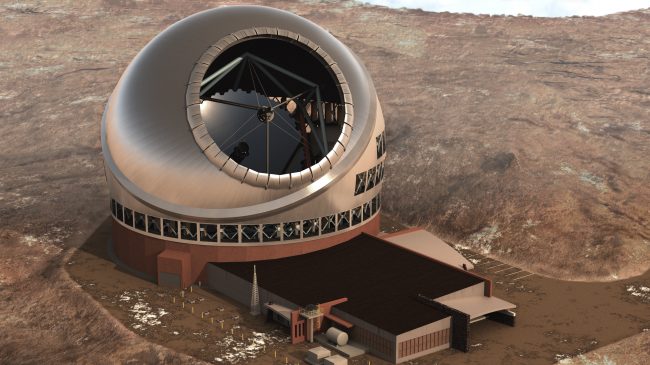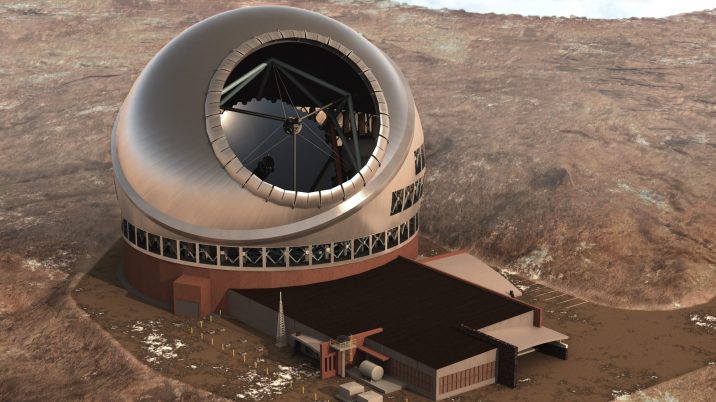
In this weekend’s Boston Globe, CMS/W Professor of Science Writing Tom Levenson authors an essential essay on the dignity afforded science and religion — and the uselessness of one not listening to the other — grounded in the story of the Thirty Meter Telescope on Hawaii’s Mauna Kea, a site of immense importance to astronomers and native Hawaiians:

Astronomers are not the only ones to prize Mauna Kea, however. The mountain is sacred within the native Hawaiian tradition, a home for gods and the junction between the earth and the sky. There are ancient burial sites, and more than 140 shrines have been found so far. To this day, the mountain remains a focus of Hawaiian spiritual practice.
Even so, for most of the last half century, the observatory complex has expanded in the face of only seemingly minor objections from local communities. But Mauna Kea’s proposed 14th telescope has changed all that.
The dispute over the Thirty Meter Telescope — the TMT — has been simmering for some time, but it finally came to wider media attention on April 2, when a dozen activists were arrested for blocking construction crews below the summit. Work at the building site has since been suspended, and the protest movement has spread, perhaps most significantly, into social media. Last week, Hawaii’s governor endorsed construction of the TMT, with the caveat that 25 percent of the existing telescopes on the site be removed.
Perhaps inevitably, the dispute has been framed as the latest skirmish in the long-running campaign pitting science against religion. That’s a mistake, one that makes it nearly impossible to find a way to speak about what’s at stake in a way that makes sense to both sides.
Read the full piece: “Atop a sacred mountain, a skirmish between pure science and religion”





